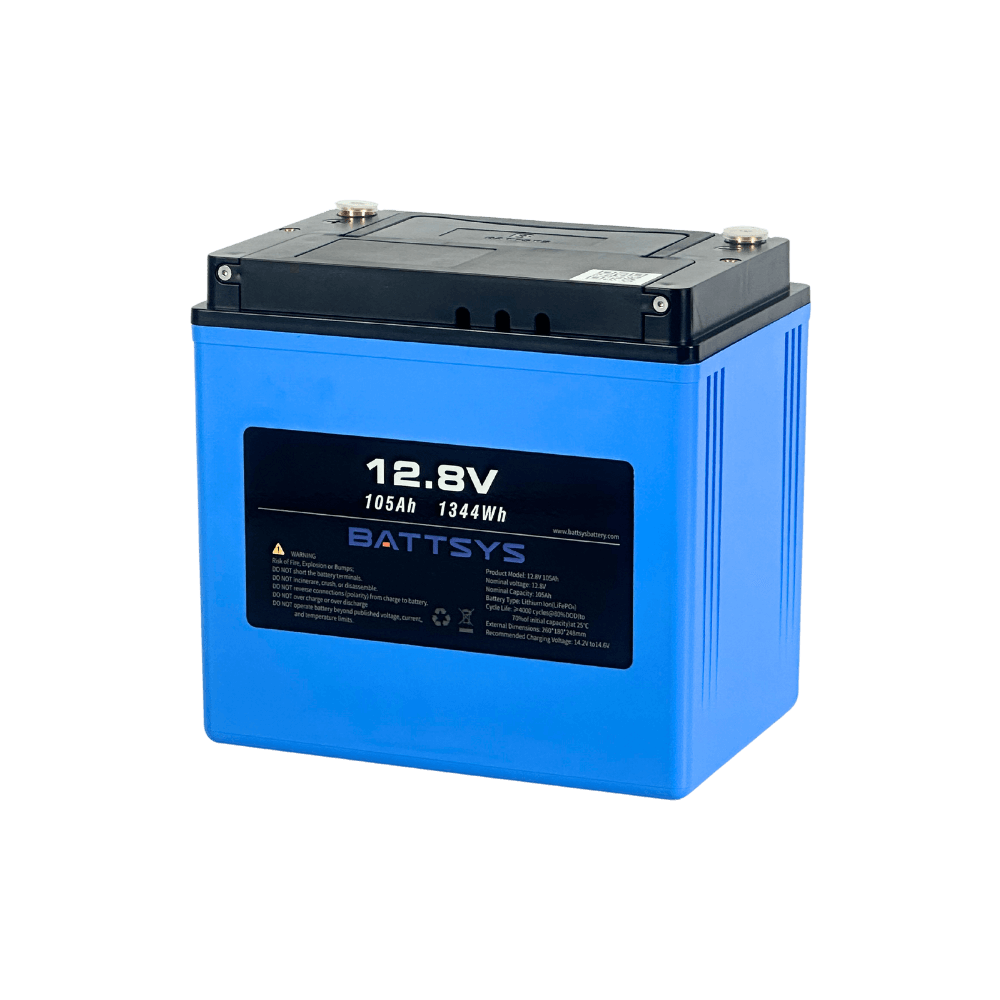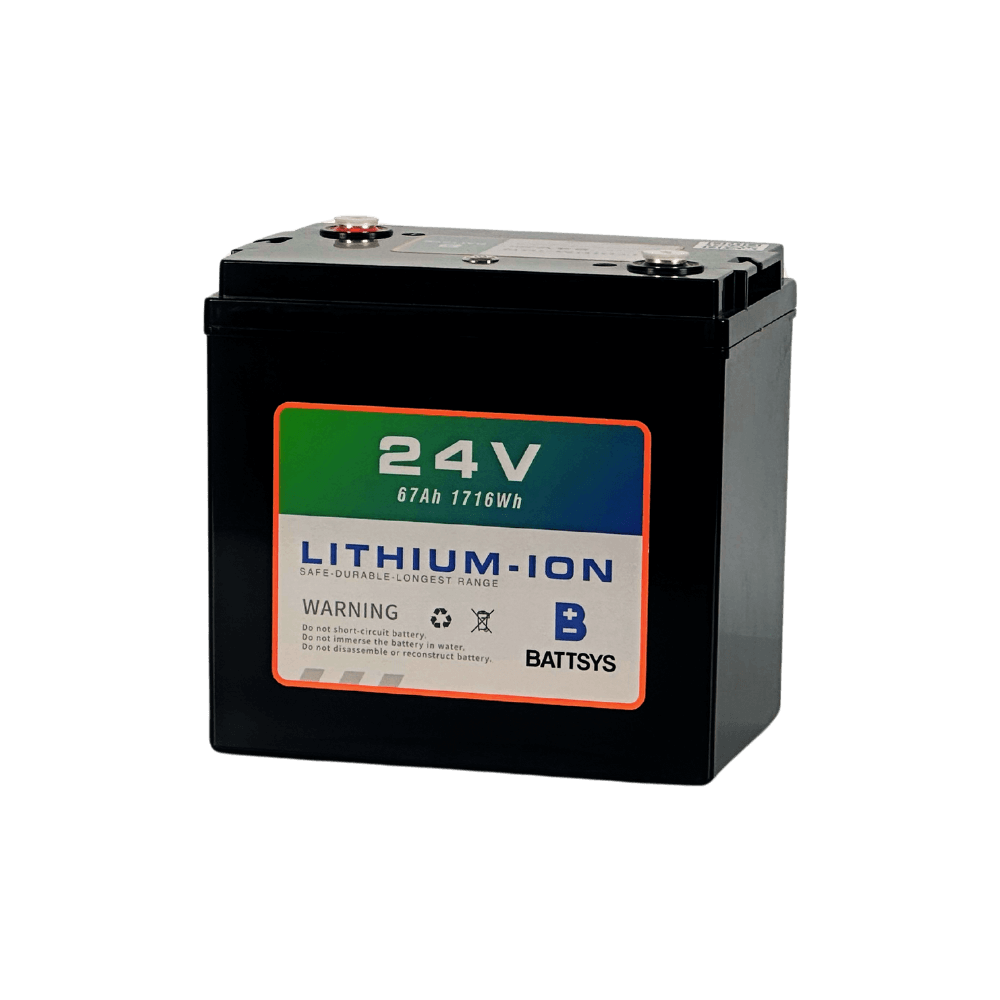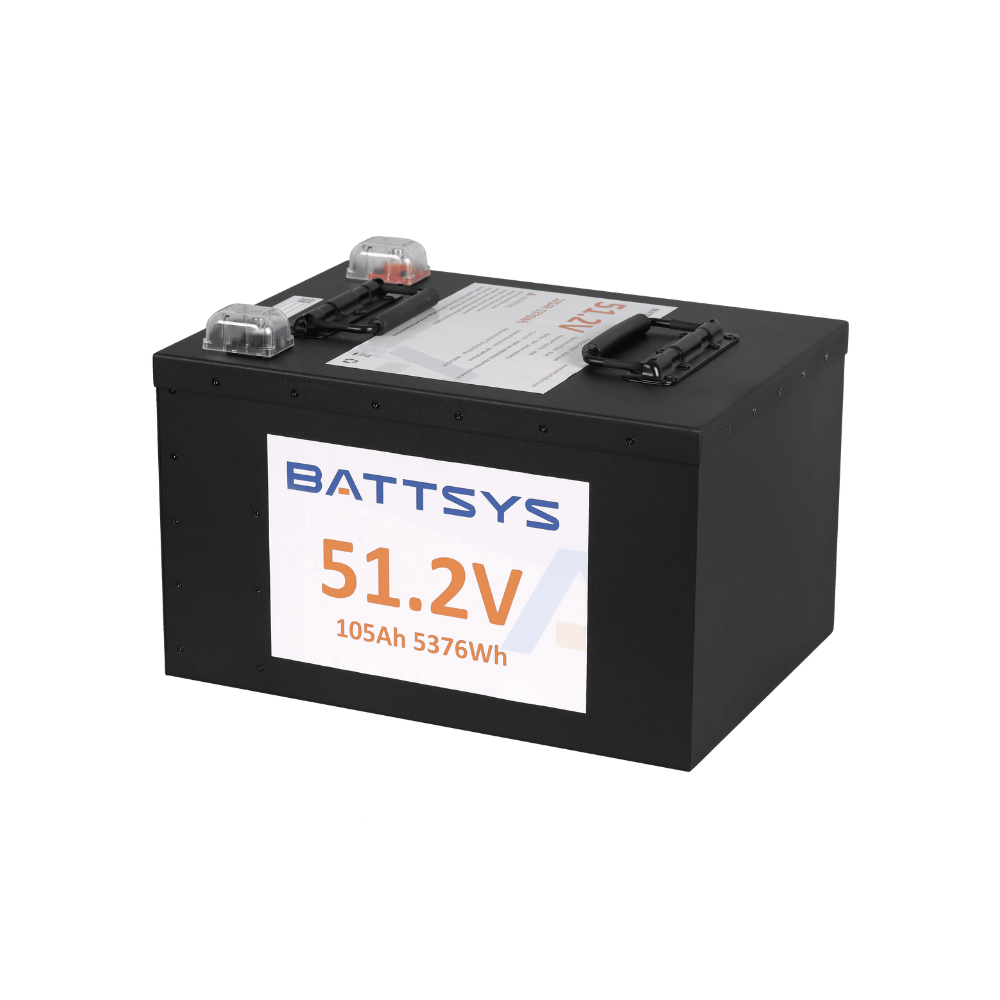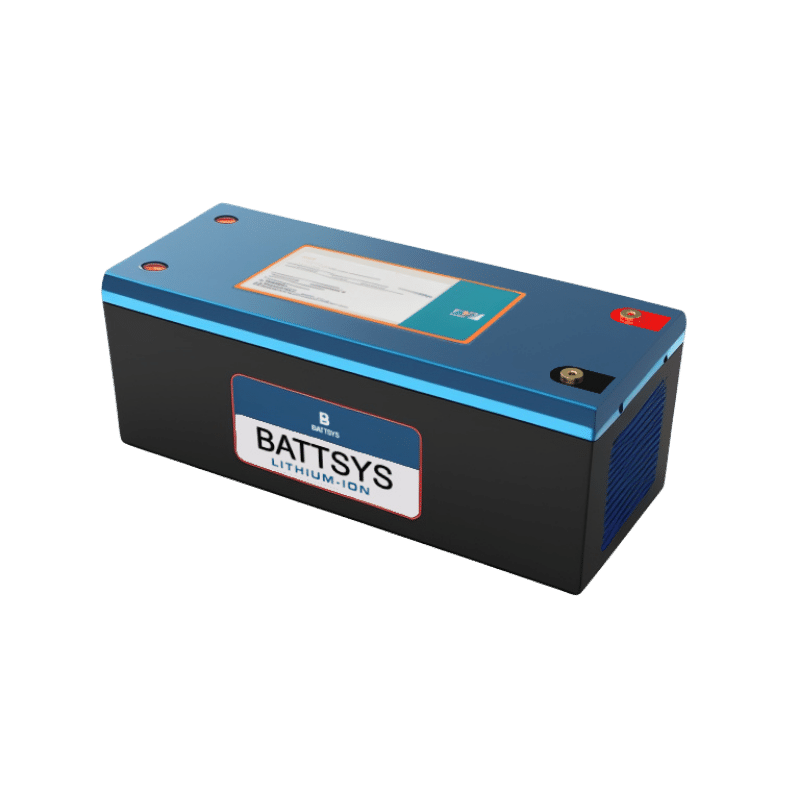How to maintain large capacity
lithium batteries in winter: Lithium battery manufacturers share maintenance methods for electric vehicle batteries in winter:
The maintenance of electric vehicle batteries in winter should pay attention to the following points:
1. In winter, electric vehicle batteries are prone to running out of power, so if conditions permit, they can be charged as needed. Never use at a loss of electricity.
2. Develop good usage habits, do not brake frequently, do not remove the speed limiter, do not overload, start slowly, and do not forcefully pull the switch.
3. Charging should be done indoors as much as possible, and the charging time should not exceed 12 hours.
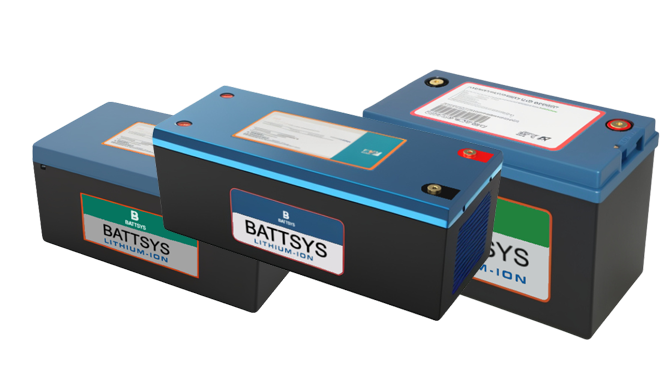
The inability to run far in winter is reflected in the lack of durability of the battery. Due to the low temperature in winter, the battery capacity significantly decreases, resulting in a shortened mileage and affecting the driving range. This is a problem with the principle of lead-acid batteries and cannot be solved.
The nominal capacity of lead-acid batteries is determined based on the capacity at an ambient temperature of 25 ℃. The battery capacity will vary with changes in ambient temperature, with higher capacity at higher ambient temperatures and lower capacity at lower ambient temperatures. The following formula can generally estimate the battery capacity at different ambient temperatures:
Ct=C25/(1-p * (t-25))
C25: refers to the capacity Ah at 25 ℃.
Ct: refers to the capacity Ah measured at actual ambient temperature.

